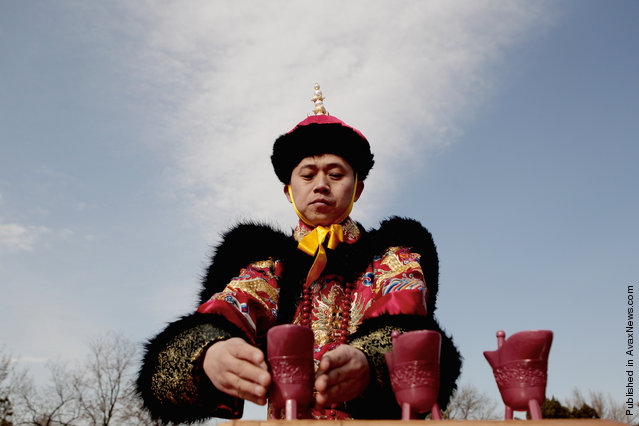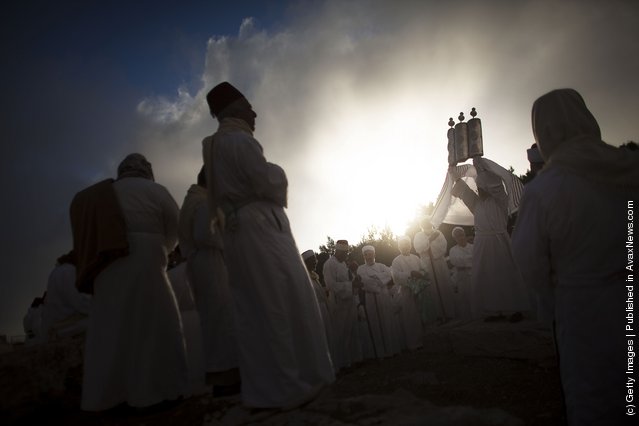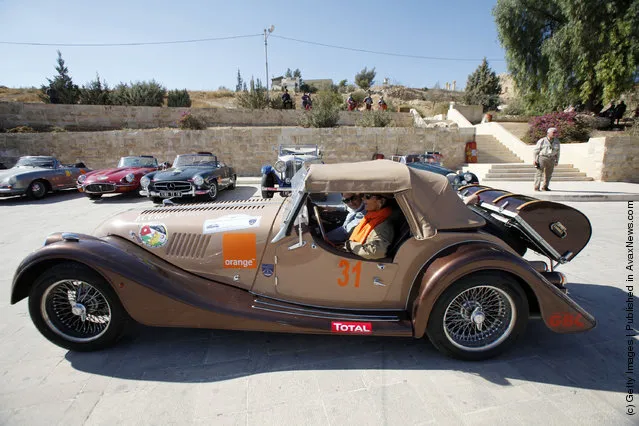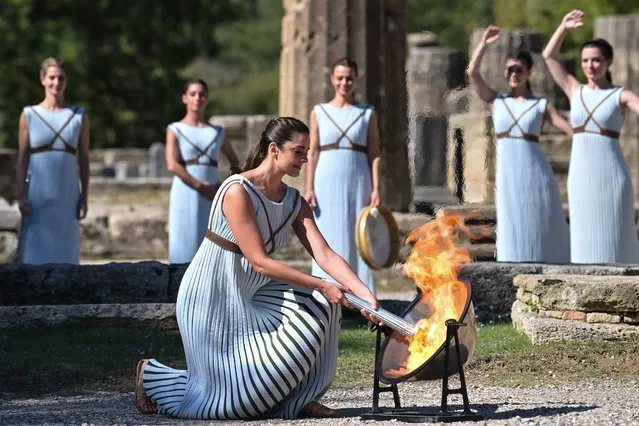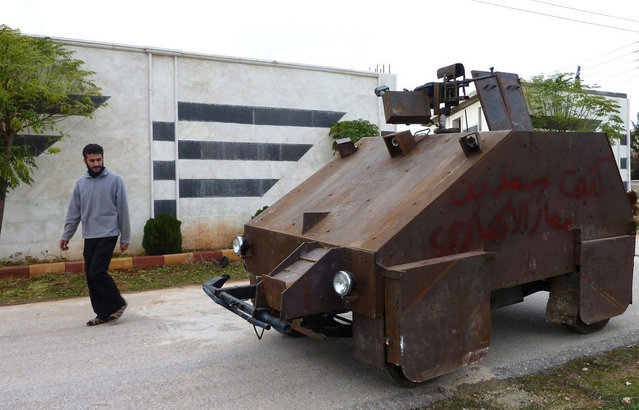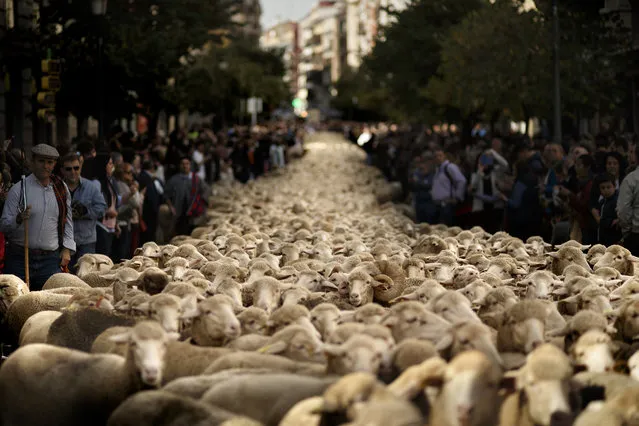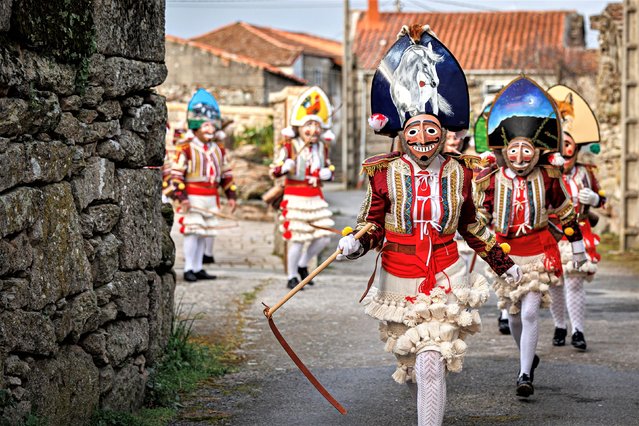
Locals dress up as Mazcaras to celebrate Entroido on February 21, 2023 in A Xironda, Spain. Entroido is an ancient rural carnival celebrated in Galicia during the previous days of Ash Wednesday. Each town has its traditional characters and costumes. In the small village of A Xironda, locals dress up as Mazcaras with their characteristic masks, cowbells at the waist and whips, and then run through the streets. (Photo by Brais Seara Fernandez/Getty Images)
17 May 2024 05:22:00,post received
0 comments

